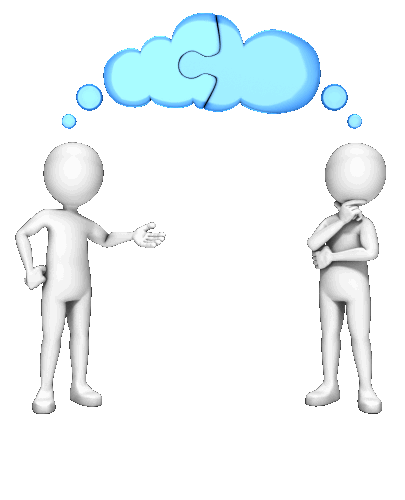
Most people can recognize the facial and non-verbal signals associated with extreme
emotions such as fear, anger and happiness particularly if these emotions are
openly expressed. The challenge is in recognizing subtler expressions of emotion or deliberate concealment. Many psychological theories accept the concept of six major emotions: happiness, sadness, anger, fear, surprise and disgust. The suggestion here is that other emotions are a combination of these six.
Ekman (1999) expanded this list to include contempt, embarrassment, amusement, guilt, shame, contentment, excitement, relief, pride in achievement, sensory pleasure and satisfaction.
The place to start is to recognize the basic universal signals for each emotion consciously. For each of the “basic” emotions for instance there are specific “tells” such as raised or lowered eyebrows. I will go into detail on some of these signals next week for now I want to focus on a general overview.
Our ability to take in visual information is vastly improved when we use peripheral vision. This allows us to take in more details and we are less likely to focus on one small area of the face missing other cues. The use of peripheral vision also increases the likelihood of spotting a micro-expression. A micro-expression is where the concealed emotion leaks for less than a 25th of a second! In developing his theories on evaluating truthfulness and credibility, Paul Ekman, in common with many others concentrated on a set of seven universal emotions. The seven emotions are; happiness, sadness, anger, fear, disgust, contempt and surprise. This same set of emotions can be triggered off involuntarily under some circumstances and may be very fleeting. The fleeting version of this expression is called a micro-expression and can be expressed in less than a quarter of a second.
https://www.youtube.com/watch?v=rGhOuA3rr1k
Ekman’s research suggests that these emotions have evolved as survival and/or social signals that are universal and expressed across cultures.
To fully understand the study of facial expression it is worth including some definitions here. A macro-expression is a clear expression of emotion with little or no concealment. A micro-expression is the same expression displayed for the briefest of moments and is typically about concealment of emotion. Finally, subtle emotions may involve just one muscle being activated possibly at the start of an expression and may lead to the person suppressing or masking the display.
For each of the seven emotions I will now provide a brief description of the display signals.
§ Surprise – Entire eyebrow is pulled up, eyelids are also pulled up and mouth hangs open. Surprise is triggered by sudden, unexpected movement or sounds.
§ Fear – Eyebrows are pulled up and together (less rounded than surprise), pulling up of upper eyelids and mouth is stretched sideways. As might be expected it is triggered by perceived threats of harm.
§ Sadness – The inner corner of eyebrows is raised (this is hard to fake), eyelids are loose and lip corners are turned down. The trigger is loss of a valued person or object.
§ Happiness – The outer eyes tighten producing crows feet, lip corners are pulled up towards the temples. The trigger is quite simply pleasure.
§ Disgust – The eyebrows are pulled down and the nose wrinkled, the upper lip is pulled up and the lips are loose. The trigger is something that is perceived as offensive.
§ Contempt – The eyes are more neutral but the lip corner is pulled up and to one side only. This is the only one of the seven that has a unilateral indicator as the norm. It is triggered by immoral action.
§ Anger – The eyebrows are pulled down while the upper and lower lids are pulled up, the margins or the lips are rolled in, sometimes lips tighten and the chin boss is up or thrust.
Many people can recognize the above definitions easily yet for others there can be confusion. The confusion may be a pattern of mis-interpreting one or two emotions leading to relationship issues of one kind or another.
Ever Struggle Communicating?
